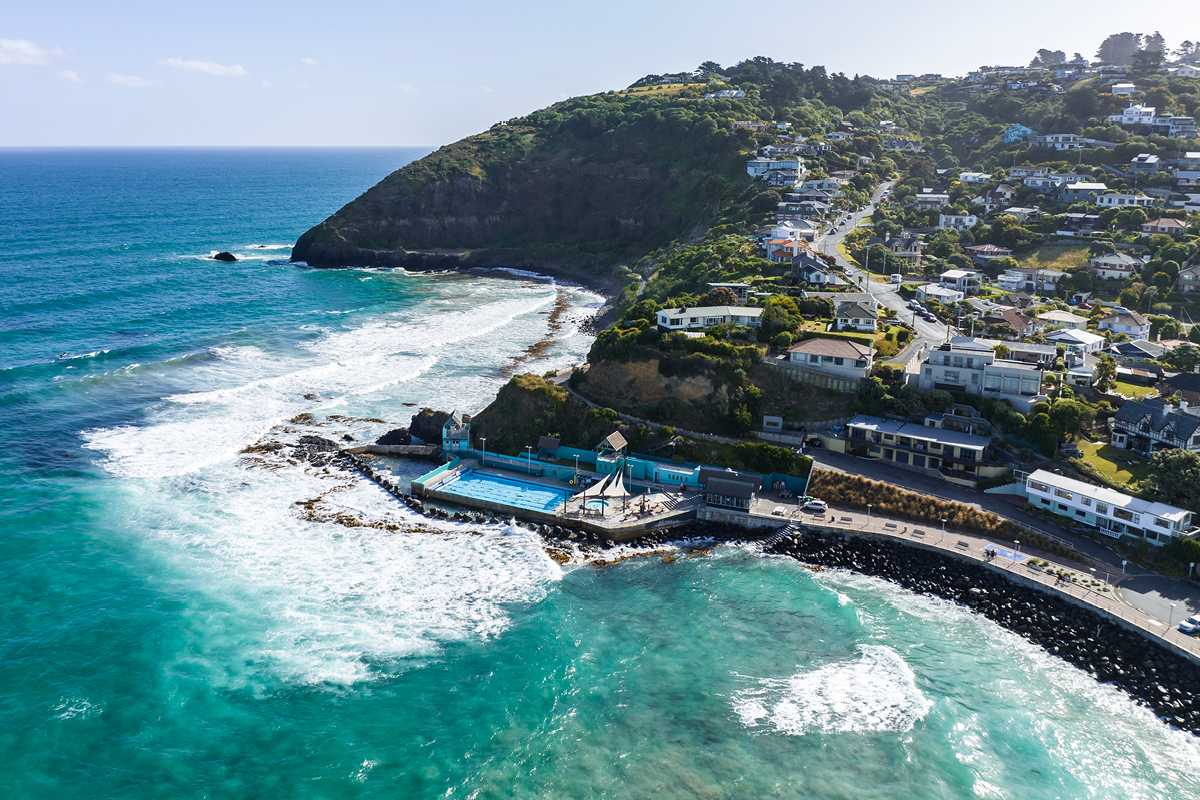
House sales rise, but still a bit patchy
While house sales continued to recover last month they are still a long way below the normal levels of 90-95,000 a year.
23 April 2024
At just over 70,000 deals over the past 12 months, the market is still in recovery mode. Last month, 6,970 properties changed hands through real estate agents and private deals, up nine per cent from March last year and the eleventh rise in a row.
CoreLogic’s Housing Chart Pack shows the patchiness of the recent data can be seen when looking at values. Its House Price Index rose only 0.5 per cent last month and is up 1.1 per cent since December.
The housing data company’s chief property economist, Kelvin Davidson, says that’s a fairly subdued annualised pace of four to five per cent.
Areas such as Wellington and Dunedin have slightly outperformed in the past three months, but Hamilton and Tauranga have been sluggish.
In other words, sales activity is rising, but it’s going to take a while to get back to normal.
Strong listings
New listings have been strong so far this year, although an earlier Easter distorted the latest figures. It would appear some “pent up” reluctance to list in the final few months of last year is now coming forward and turning into available stock.
That’s creating more choice for buyers, and Davidson says it wouldn’t be a surprise to see listings continue to flow in the coming months, at least compared with normal seasonal patterns, especially if the shorter bright-line test from July 1 prompts some investors to sell.
The total number of properties on the market remains higher than in previous years as more new listings have been made and have begun to exceed (slowly rising) sales volumes.
A smattering of regions, such as Canterbury, remain a little tighter than this time last year in terms of the number of available listings, but most areas are up. That will tend to dampen price pressures to some degree, Davidson says.
First home buyers
Turning to Buyer Classification, first home buyers (FHBs) remain a strong presence in the property market, with a 26 per cent share of purchases in March, and across the first quarter as a whole. The number of FHB deals is also solid.
FHBs are enjoying lower house prices than at the peak, less competition from other buyer groups, and other support, such as KiwiSaver for the deposit and access to low-deposit finance at the banks.
Relocating owner-occupiers (“movers”) have had a stable market share, at about 26 per cent, for about the past 18 months, while mortgaged multiple property owners have also been relatively steady, but at a low level compared with past figures.
Significant top-ups out of other income are still required for a typical rental purchase, making it difficult for mum and dad investors to commit to a purchase.
For those who are less reliant on the bank – i.e. cash investors – there’s been a small uptick in market share.
Short, expensive loans
Across loans for house purchases, top-ups and bank switches, 36 per cent in December (by value) were fixed for up to one year, but by February that figure had surged to 56 per cent.
The increasing preference to “fix short” comes at a cost, however, with one-year special rates still about 0.6 per cent higher than three-year rates.
Davidson says clearly many borrowers are prepared to pay more now with the hope of saving money later as mortgage rates fall over the medium term, which isn’t possible if they lock in for too long now.
Buyers of existing properties without the required deposit are still finding it tough to get around the loan-to-value (LVR) ratio rules, with banks keeping a buffer between actual high LVR lending and the maximum allowance.
CoreLogic says interest-only lending remains relatively low, although there has been tentative evidence of an upward trend again for investors in the past few months – something worth watching.
About 59 per cent of NZ’s existing mortgages by value are currently fixed but due to reprice onto a new, and generally higher, mortgage rate over the next 12 months.
This will require a significant adjustment to those households’ finances. At least in terms of new lending flows, however, loans at high multiples of debt to income have fallen to low levels, held down simply by the existing high mortgage rates.
The rental scene
Rental growth is still running at historically high levels and was 5.1 per cent in the year to March (Stats NZ new tenancy/flow measure), which is still above the long-term average of closer to three per cent.
Gross rental yields nationally have edged back up to 3.2 per cent, from a trough of 2.6 per cent for much of 2022, the highest level since late 2020. However, that’s still relatively low by past standards, and is less than the income returns on some other asset classes, such as term deposits.
Auckland yields, at 2.6 per cent, remain the lowest of the main centres, with Christchurch and Dunedin both sitting at 3.7 per cent or above.
Demand for rental property remains high, given strong net migration inflows. However, there are also hints that the pace of rental growth is now slowing, which will be consistent with the fact that rents are already high in relation to incomes.
Given that inflation now seems to have passed its peak, the Reserve Bank appears happy to sit back and judge the effects of a final OCR peak of 5.5 per cent for this tightening cycle.
In turn, mortgage rates are now close to, or already at, their peak. To be fair, they may not fall materially over the next six to nine months either, Davidson says, but at least households can quantify their “worst case”.
The future
Looking ahead, the overall property recovery is set to continue this year, but could be a little underwhelming/patchy, given still-high mortgage rates and stretched affordability.
The number of available listings has also risen, giving buyers more choice, and many households still have to reprice their mortgages this year.


